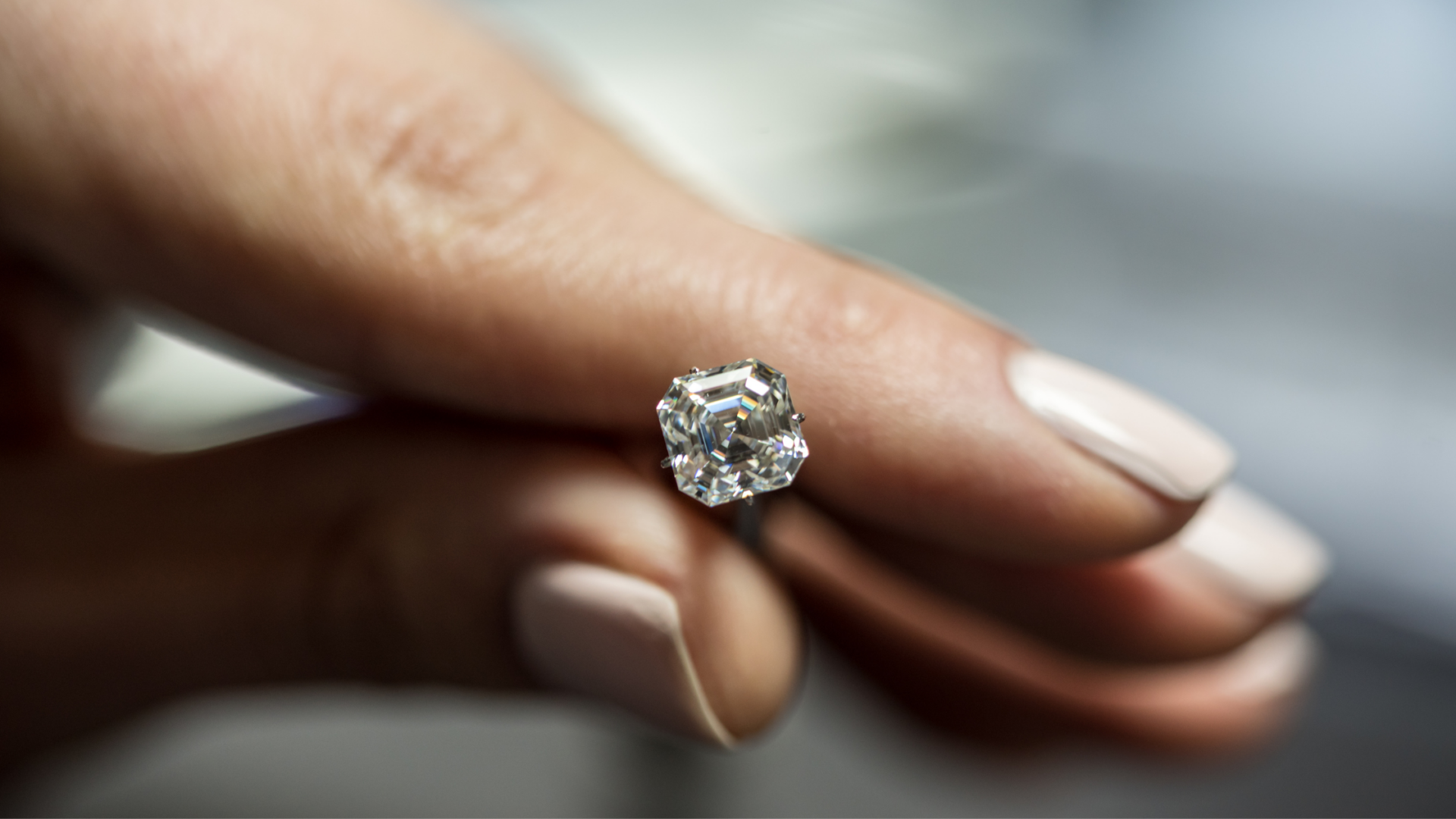jesrush
Rough_Rock
- Joined
- Jul 25, 2004
- Messages
- 88
Question for the experts out there ~ Why do appraisers consistently over-inflate diamond values on the appraisal??
I can''t tell you the number of times I''ve heard people exclaim happily, "Diamond appraised at 130% of what I paid for it!!!" and that sort of thing. My own .78ct H/SI2 appraised at $1200 more than I paid, when clearly my diamond could be replaced for approximately the same amount I paid for it.
I heard one explanation that appraisals from the seller are just trying to "make you feel good," but even 3rd party disinterested appraisers seem to over-inflate so that really doesn''t explain it. Very Curious! Thanks!

-J
I can''t tell you the number of times I''ve heard people exclaim happily, "Diamond appraised at 130% of what I paid for it!!!" and that sort of thing. My own .78ct H/SI2 appraised at $1200 more than I paid, when clearly my diamond could be replaced for approximately the same amount I paid for it.
I heard one explanation that appraisals from the seller are just trying to "make you feel good," but even 3rd party disinterested appraisers seem to over-inflate so that really doesn''t explain it. Very Curious! Thanks!

-J





300x240.png)